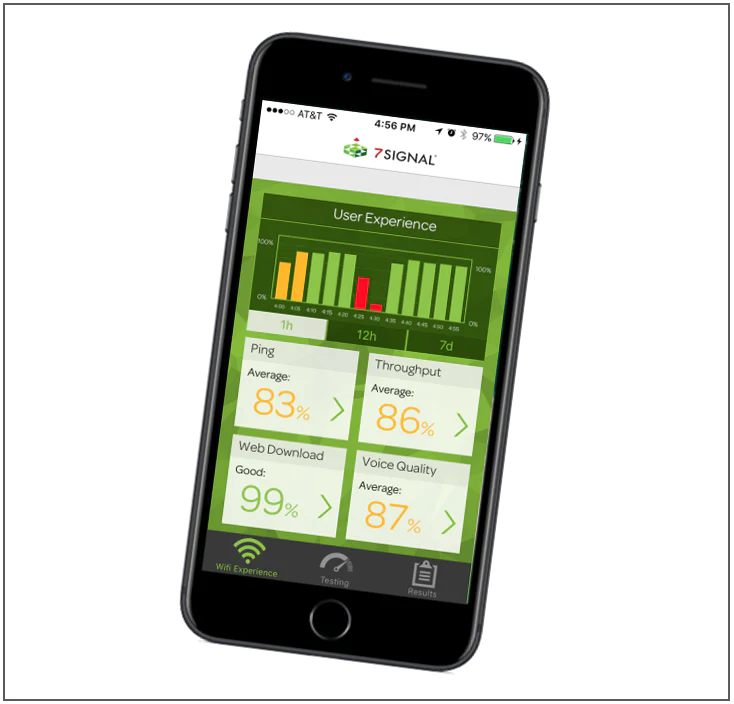
Apps for Tracking and Managing Data for getting your data usage under control
The EU “roam like at home” rules mean that when you use your mobile phone while travelling outside your home country in any EU country you don’t have to pay any additional roaming charges. You benefit from these rules when calling (to mobile and fixed phones), sending text messages (SMS) and using data services while abroad. These rules also apply when receiving calls or texts while roaming even if the person you are calling is using a different service provider. Apps for Tracking and Managing Data
You pay exactly the same price for using these services when travelling in the EU as you would if you were at home. In practice, your operator simply charges or takes your roaming consumption from the volumes in your domestic mobile tariff plan / bundle.
If you had a contract with a mobile operator which includes roaming services it automatically became “a roam like at home” contract. The default option for all new mobile contracts with roaming services is “roam like at home”.
When you roam like at home there are no volume restrictions for voice calls and SMS, but there are rules and limits for data usage at a domestic price which are determined by the type of contract you have.
In some specific cases, beyond a reasonably high volume of roaming data at a domestic price, you may have to pay a data roaming surcharge which will be equal to the wholesale (EU-wide) data cap (€7.70 / GB of data in 2017 plus VAT). This wholesale roaming price is the maximum your domestic operator has to pay a foreign operator when you use data roaming services.
To reduce risks of getting paid for the data spent out of the bundle and with constant use of 4g networks and our will to be online all the time you may think of getting one of those apps for Tracking and Managing Data
-
Data Usage (by oBytes) Apps for Tracking and Managing Data
app tracks both data and Wi-Fi usage and sets limits on each. After you specify your quota, as the app calls it, you can opt to disable data when you approach or reach your limit. You can also set it up so that when your data resets at the end of the billing period, the app will automatically re-enable mobile data.
The app also has the option to set up notifications at three different thresholds; for example, 50 percent, 75 percent, and 90 percent. The app has a progress bar that will turn yellow, and then red, the closer you get to your limit. There is a lot you can customize here.
Once you’ve chosen your settings, you can view statistics, including how much data (and Wi-Fi) you’ve used so far each month and how likely it is you’ll exceed your limit as well as your history of usage each month so you can find patterns. Data Usage has a very basic-looking, old-school interface, but it’s easy to use, and we like all the customization options.
-
My Data Manager (by Mobidia Technology)
has a much more modern-looking interface than Data Usage, and it enables you to set up or join a shared data plan. That’s pretty cool if you suspect someone’s using more than their fair share or you want everyone to be aware of their usage. You can also track roaming plans, which is helpful if you travel abroad. The app can also detect your carrier and then will explain how to find out what your plan is if you don’t know it. For example, you can text Verizon.
Next, you set up your plan (a contract or prepaid) by providing the data limit and the first day of your billing cycle. My Data Manager has even more custom options than Data Usage. You can set your billing cycle down to the hour that it starts and ends, and set up free usage time blocks to account for periods when your carrier offers free data. For even more accuracy, you can select apps that don’t count against your data allotment, such as an app store. (This is called zero-rating.) There’s also an option to enable rollover if your carrier lets you carry over unused data from previous months.
You can also set up alarms for when you reach or near your limit, or if you have “lots of data left.” There’s a map view that shows where you’ve used your data and an app view that shows how much each is consuming in descending order.
-
Onavo Protect Free VPN+Data Manager
is a third option, and as its name states, it doubles as a mobile VPN to protect your web browsing. In addition to encrypting your data and keeping it safe from hackers when you’re on public Wi-Fi, Onavo also alerts users to data-heavy apps, limits apps to use Wi-Fi only, and prevents apps from running in the background–and runs up your data usage. Note that the company is owned by Facebook if such things concern you.
Tips for Cutting Down Data Consumption Apps for Tracking and Managing Data
- Use Wi-Fi whenever it’s available and only allow your apps to update when your device connects to Wi-Fi.
- Many apps, such as Spotify, let you download songs so you can listen offline.
- Keep an eye on your most data-hungry apps, such as ad-supported games, which are also likely draining your battery.
- Consider paying for your favorite apps to get rid of ads.
- Airplane mode, which disables all connections, can come in handy not just while flying, but also when you’re in places where you won’t be using your device for an extended period, such as when you’re at the movies.
If you’re tired of the bill shock and high fees from your mobile operator when traveling internationally, it’s time to make a change. Get ahead of the game and avoid any unwanted surprises by getting a BNESIM international SIM card before your next trip. With BNESIM, you can enjoy affordable rates and reliable service in over 170 countries worldwide. Don’t let high roaming fees ruin your travel experience – order your BNESIM international SIM card today and enjoy hassle-free connectivity wherever you go!









